The Float Test YouTube

Sourdough starter float test YouTube
The sourdough float test isn't the best or most accurate way to measure whether your sourdough starter is ready for baking. The test can easily show a false positive or indeed false negative. This test really only shows whether your sourdough starter can hold gas. A sourdough starter that is young (that is prior to 2 - 4 weeks old) could pass.

Starter failing the float test The Fresh Loaf
Sourdough Float Test. While the float test method is really popular with sourdough bakers it isn't always accurate. To do a float test, take a cup of lukewarm water and drop a spoonful of active starter into it. If it floats, it's ready to bake with. Do not go by just the float test when determining if your starter is ready.

Sourdough Starter Float Test YouTube
How to Do The Test. Place about a teaspoon of the starter into a cup of warm water. Be gentle and don't stir the starter beforehand. Disrupting the bubbly activity could cause it to sink. You'll find that either your sourdough starter floats or it settles to the bottom. If it floats, it should be ready for baking.
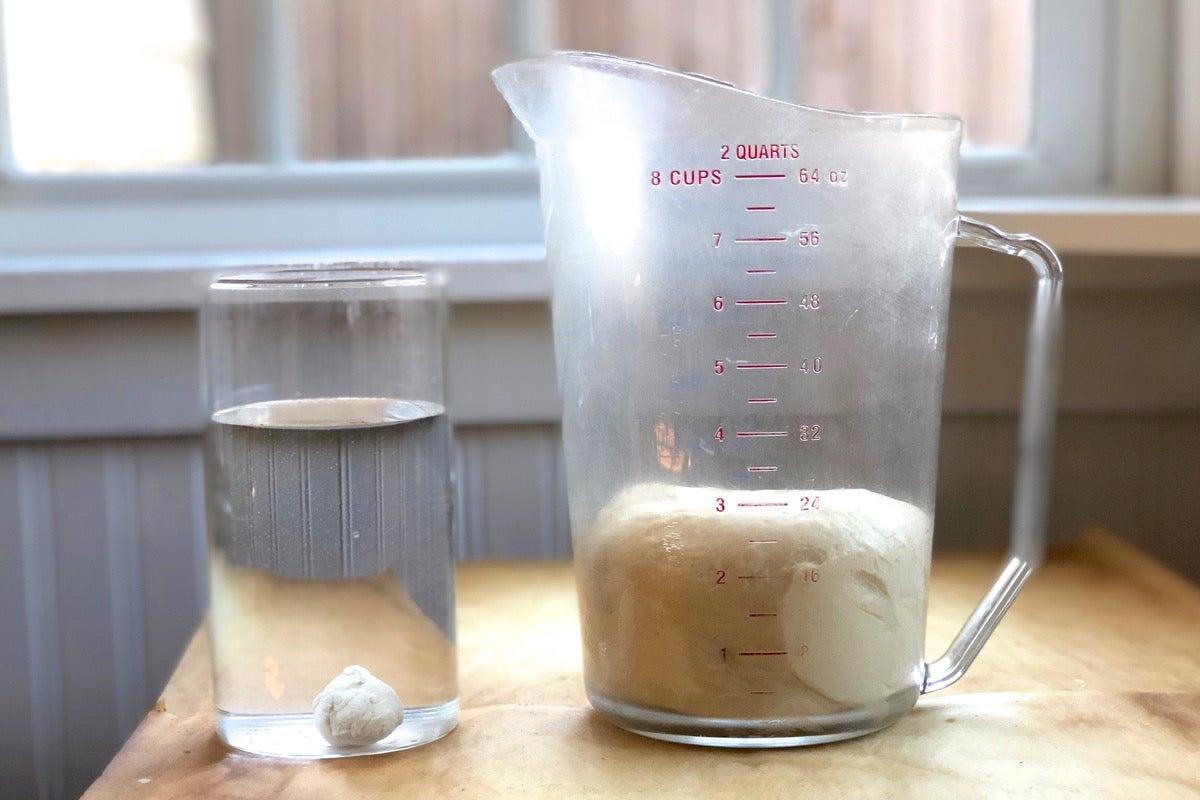
The float test for yeast dough and sourdough starter King Arthur Baking
Sourdough Float Test. This is a method for measuring the readiness of your sourdough starter in order to achieve a healthy rise. While it's certainly not foolproof, it can be helpful. By dropping a spoonful of your starter into a glass of room temperature water, you'll find that either your sourdough starter floats or it settles to the.

Sourdough starter float test YouTube
Let's do the float test. Yeast dough that's just begun to rise sinks like the proverbial stone when dropped into water. But the longer it rises, the more gas is trapped until eventually the dough becomes lighter than water and floats. So far so good. Yes, fully risen dough will float when placed in water.

The Float Test YouTube
To get your sourdough starter started, mix one part flour and 1/2 the amount of water in your jar. Mix until it's a pancake batter consistency. Starting off with 1 cup of flour and 1/2 cup of water may be a good way to begin. Then, cover the jar with a towel and set it on the counter to start the fermentation process.

Float Test for Sourdough Starters of Different Hydration YouTube
Why doesn't the "float test" ever work with my sourdough starter? When the hydration of your starter or levain is sufficiently low, the "float test"1 becomes less accurate and, in most cases, doesn't ever pass. Instead of using the float test, observe the actual culture and its progress.
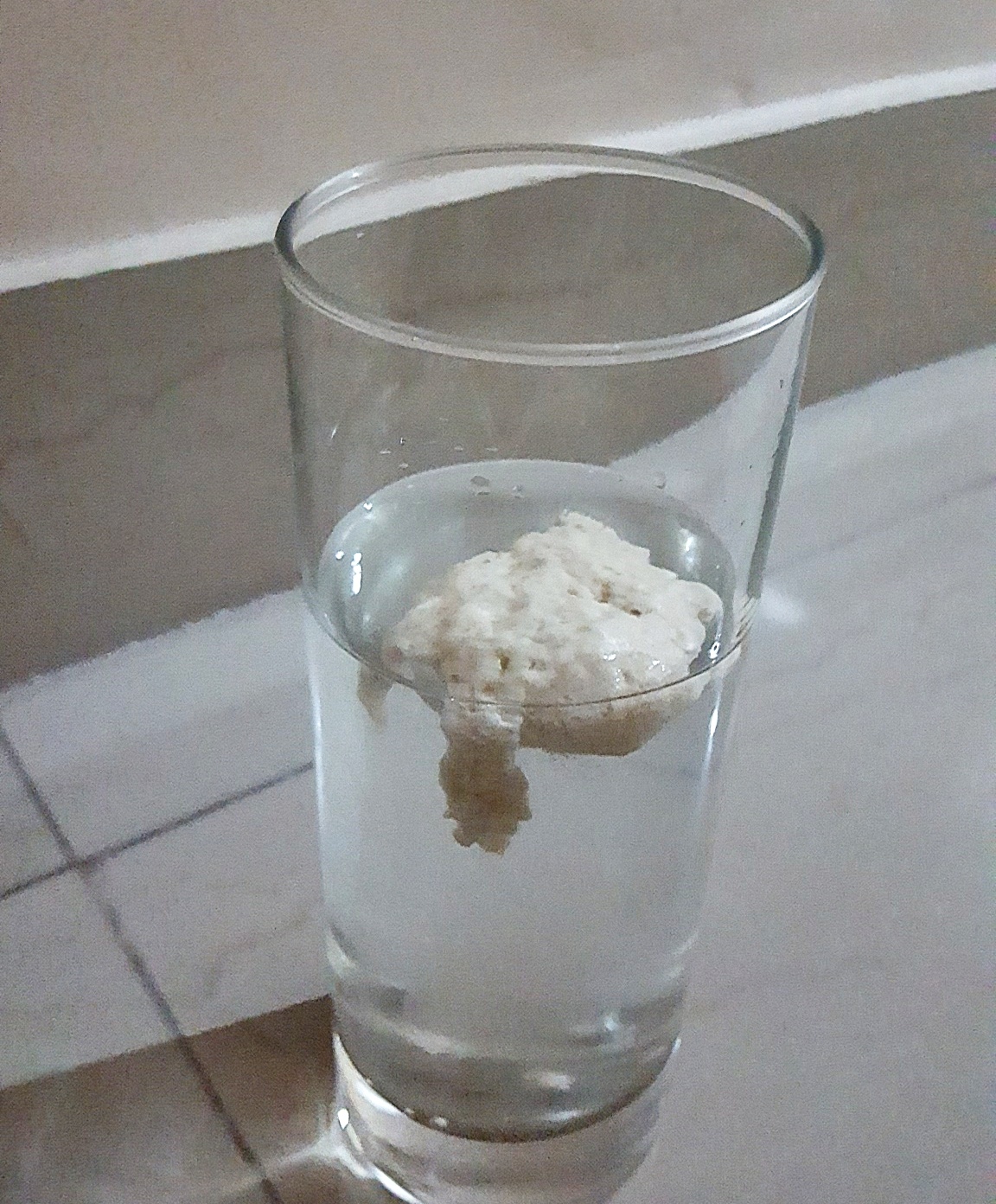
Sourdough Starter
The Process in a Nutshell. Ingredients and Equipment. STEP 1: Create and Proof Initial Starter. STEP 2: Refresh Once Daily. STEP 3: Refresh Twice Daily. STEP 4: Check Readiness for Baking. STEP 5: Care and Maintenance of a Mature Sourdough Starter. Top Sourdough Starter FAQs. Sourdough Recipes.
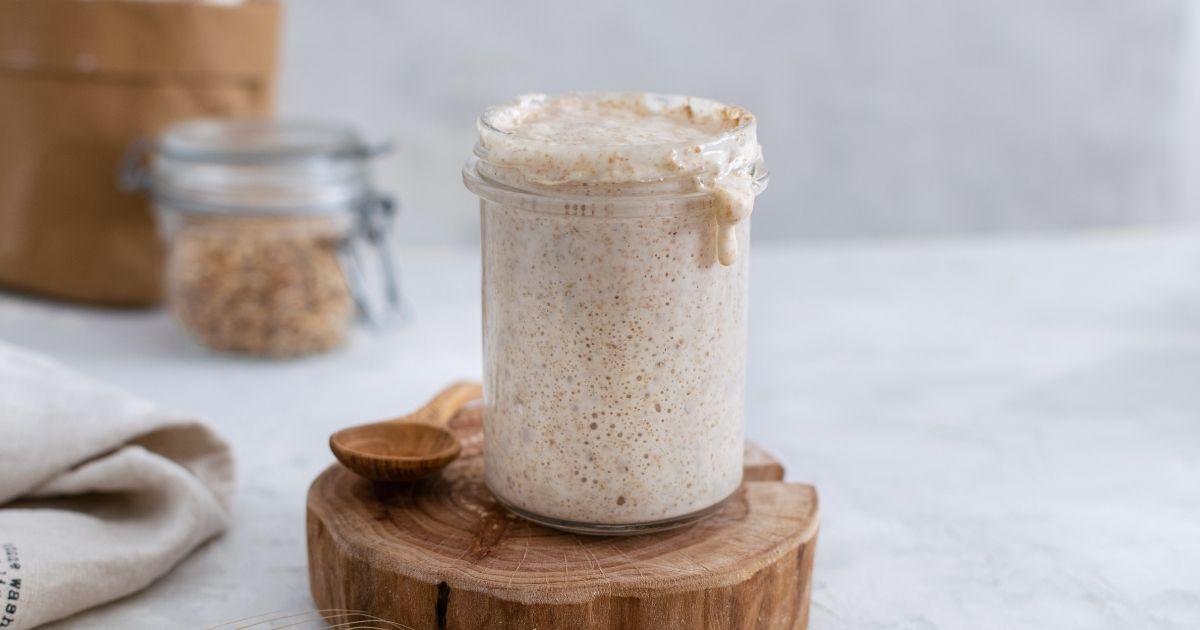
Sourdough Float Test Is It Really Necessary? The Pantry Mama
The float test is a technique to see whether the starter has trapped enough gas to adequately lift your bread dough. To perform the float test, simply spoon some of your starter into a cup of water. If the blob sinks straight to the bottom, the starter has not developed enough to adequately trap carbon dioxide.
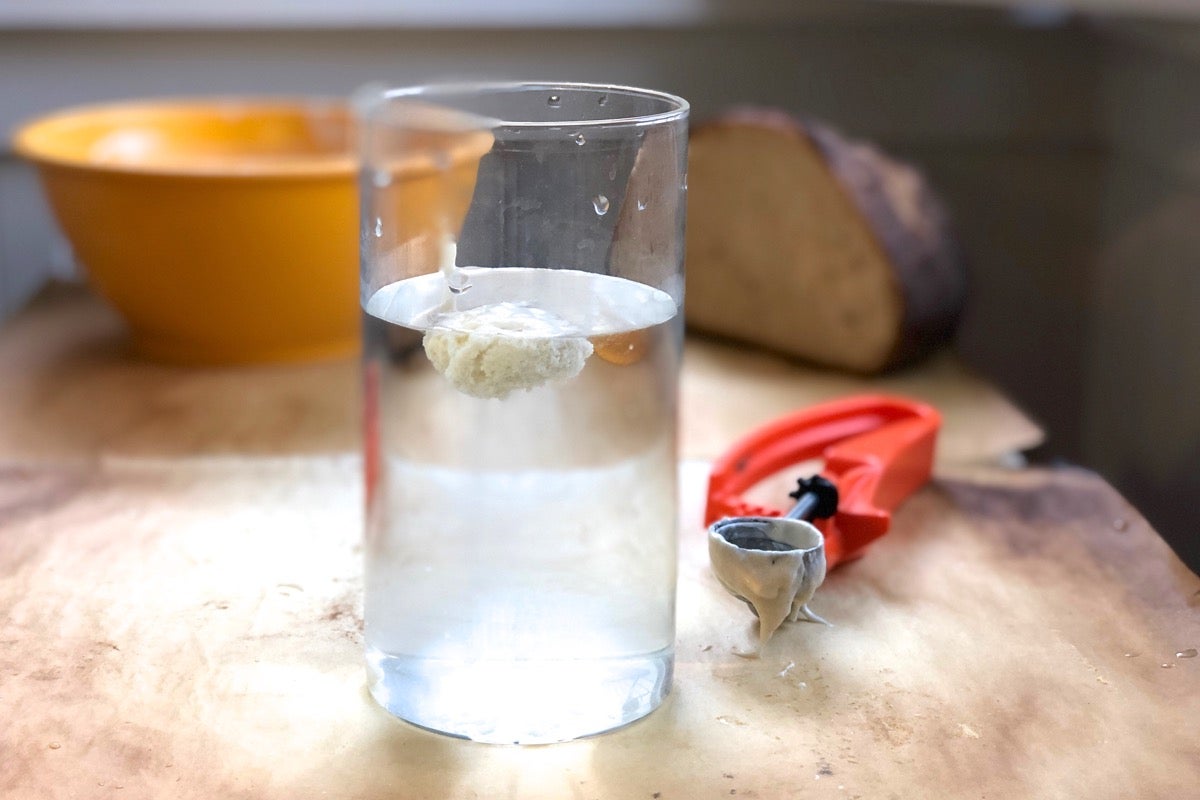
The float test for yeast dough and sourdough starter King Arthur Baking
The float test is a method bakers use to judge whether their sourdough starter is ready to bake with. This involves dropping a glob of sourdough starter into a glass of water, to see whether it floats. If the glob of sourdough starter floats, it is ready to bake sourdough bread. Now you're probably wondering how this determines whether your.
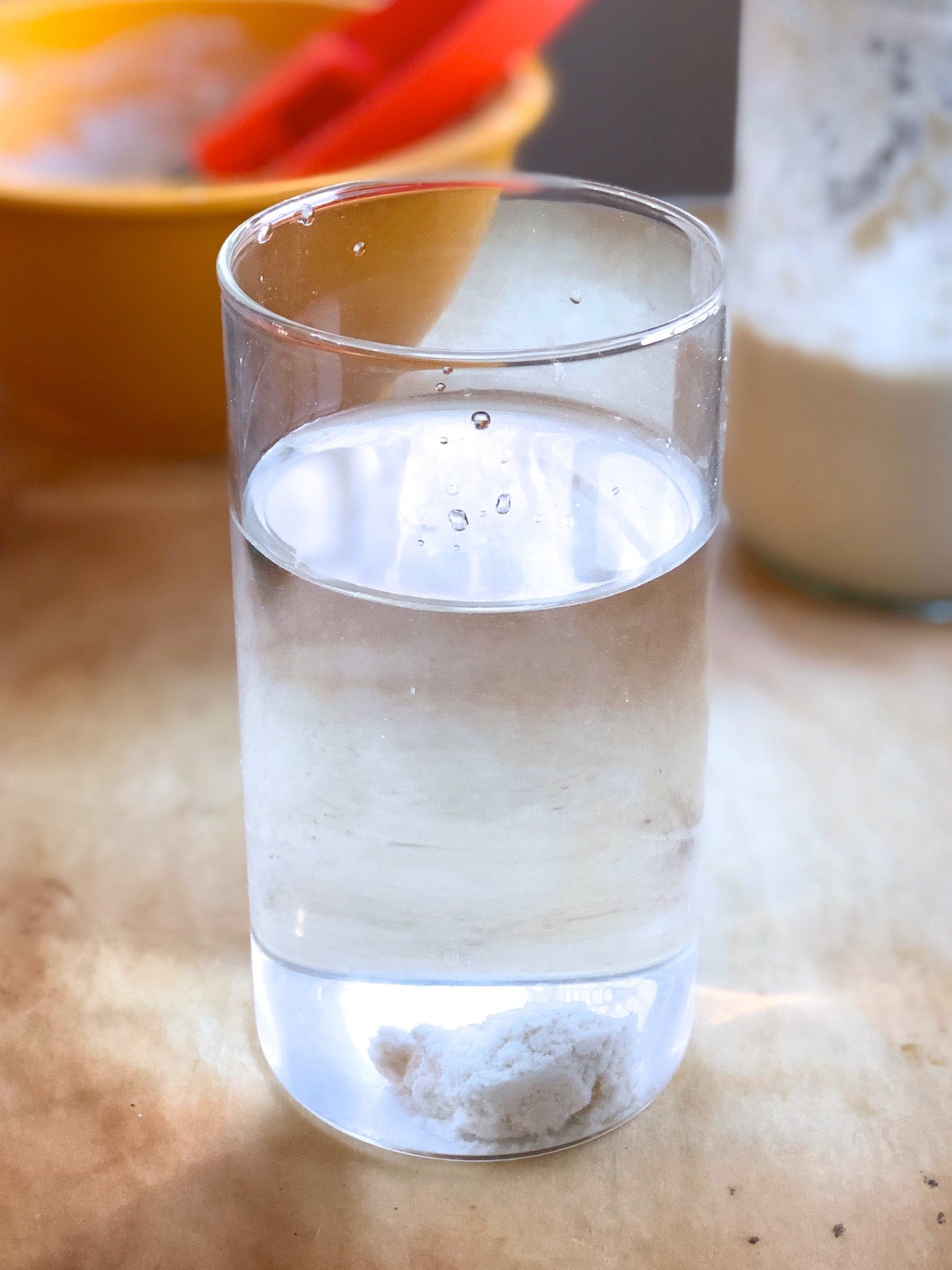
The float test for yeast dough and sourdough starter King Arthur Baking
Check the Volume. An active sourdough starter can quickly double its volume. If you note that the volume has doubled four hours after feeding it, your starter should be ready for baking. To test this, place a piece of tape to mark your starter's volume and then check back four hours after feeding it.
Starters consistently doubling in 12 hours, but don’t pass the float
What is the "Float Test?" The float test is a simple test that assesses whether or not your sourdough starter is "ready." Performing the float test is simple: fill a cup with water, add a tablespoon of sourdough starter to the water, and watch to see if it floats. If it floats, the sourdough starter is determined as "ready."

Honey Sourdough Bread Recipes from Hope, Love, and Food
lepainSamidien. Aug 30 2016 - 6:32am. The float test works. The float test will let you know if there is enough gas in your starter to permit it to float, and 99% of the time this will indicate that your starter is ready to make some darn good sourdough bread.
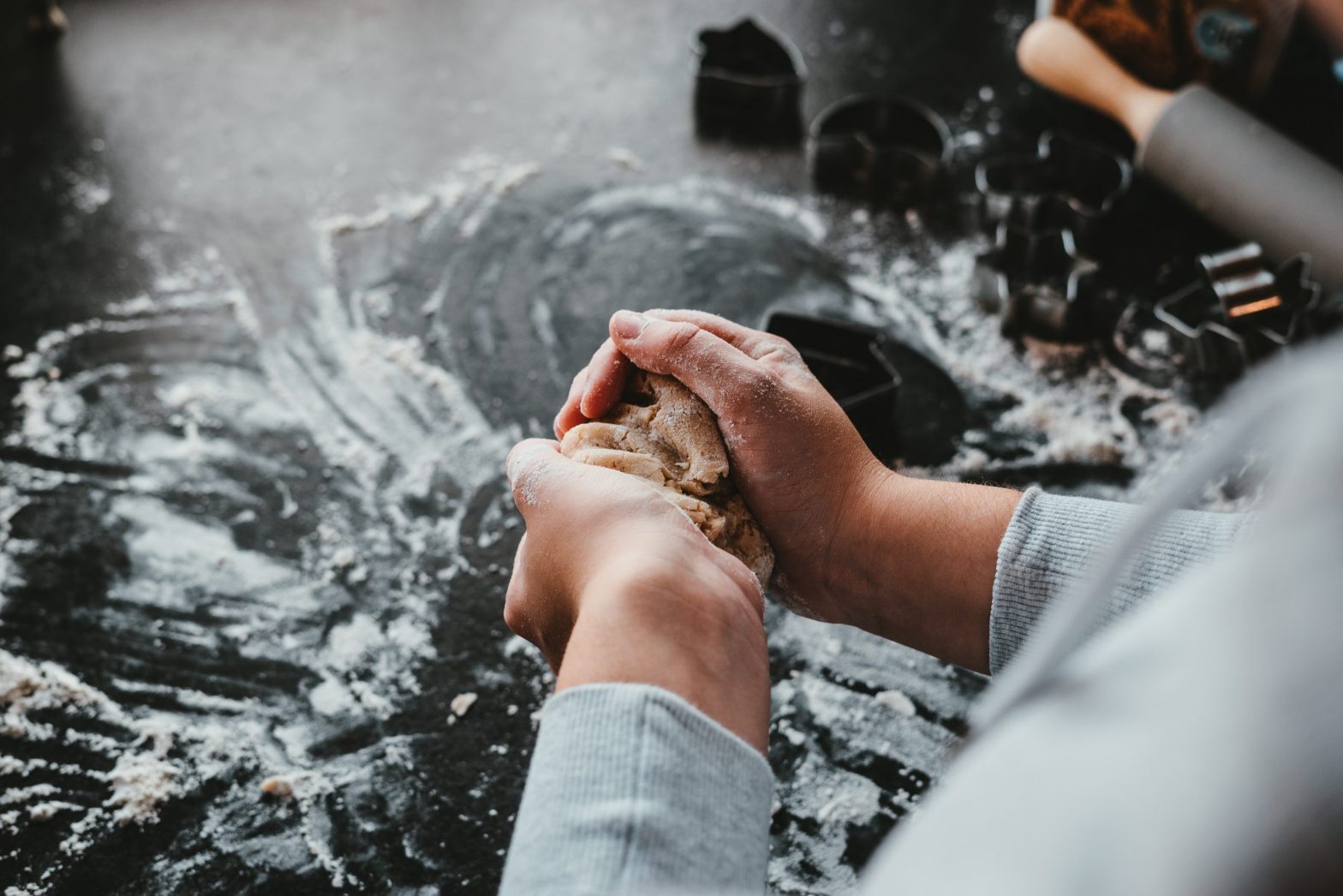
Sourdough Float Test What to Expect
Here is our full, step-by-step guide to making a sourdough starter from scratch: Mix equal weights flour and water in a clean plastic container that is at least 1 quart in volume. We recommend starting with 4 ounces all-purpose flour (3/4 cup plus 2 tablespoons) and 4 ounces water (1/2 cup).

Sourdough Starter Day 2 to 7 (Part 2) With Timelapse and Also Did a
The Hydration Level. The best hydration level for a sourdough starter to pass the float test is 100%. This means that for every 100g of flour that's added, 100g of water must also be added - a 1:1 of flour:water. Using a hydration level that's too high will leave you with something that's too gloopy and won't be able to hold any gas.

The Sourdough Starter “Float Test” YouTube
In a clean jar, weigh out 50 grams each of whole wheat flour and water. Mix well. Put a rubber band around the jar at the height of the starter to give a visual indication when the starter has risen. Cover the jar loosely with a glass or plastic lid, or a clean napkin secured with a rubber band. Set the jar aside in a warm spot out of direct.